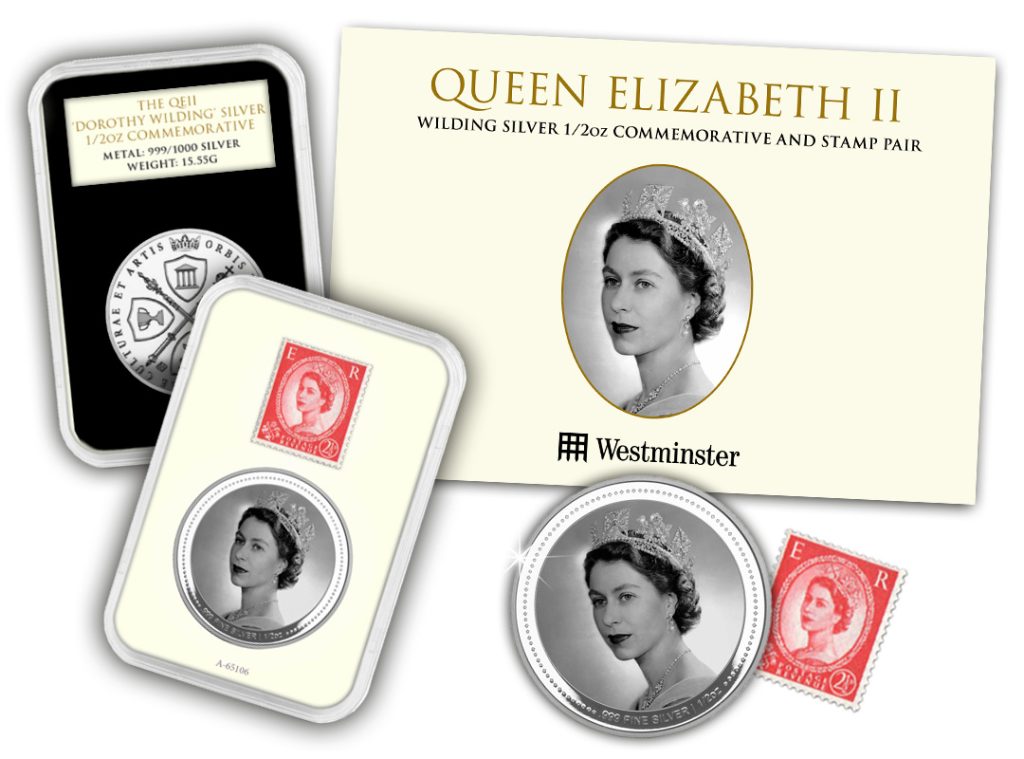Shop
Honouring Dorothy Wilding: The Visionary Behind Queen Elizabeth II’s Iconic Portraits
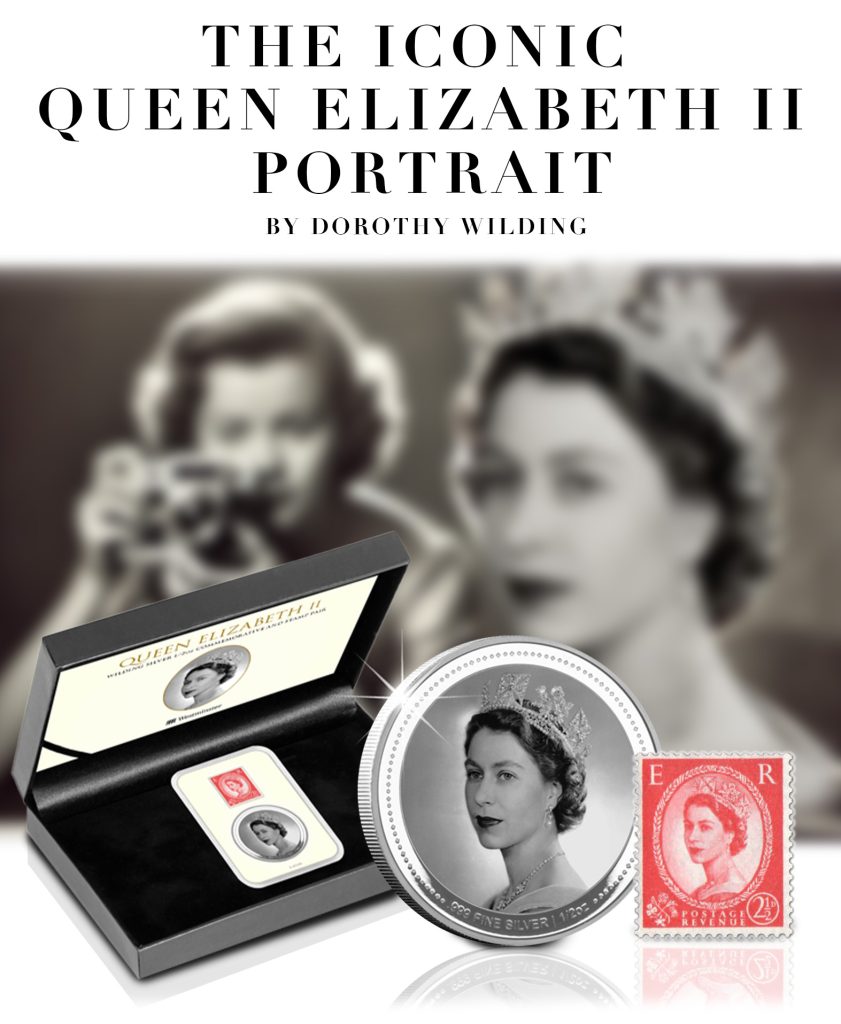

Dorothy Wilding, a name synonymous with timeless elegance and photographic mastery, played a significant role in shaping the image of one of the world’s most recognised monarchs: Queen Elizabeth II. Known for her simple yet striking photographic style, Wilding’s portraits of the Queen became the foundation for a new era of royal imagery.
In early 1952, just twenty days after Queen Elizabeth II’s accession to the throne, Wilding was granted the honour of conducting the first official photographic sitting. The Queen’s new role demanded an image that would grace coins, banknotes, and stamps, becoming a lasting symbol of her reign. Wilding, already experienced as a royal photographer, had previously captured official portraits at King George VI’s Coronation in 1937 and had been awarded the first Royal Warrant for a female photographer in 1943.
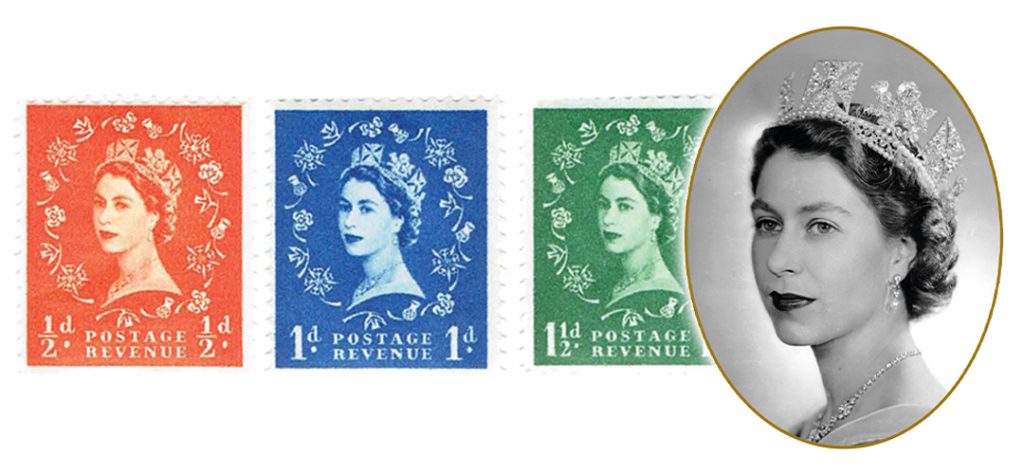
On February 26, 1952, Wilding photographed the young Queen wearing magnificent Norman Hartnell gowns and royal jewelry, such as the Diamond Diadem and the Girls of Great Britain and Ireland tiara. With an elegant simplicity, she utilized plain black and white backdrops, drawing all attention to the poise and grace of her subject. Out of the fifty-nine images taken during that session, one particular portrait became an icon. This three-quarter bust image of the Queen was selected for the 2½ pence stamp, released for the 1953 Coronation. The first stamp to depict Elizabeth II featured this portrait, and these stamps became commonly known as “Wildings.” The Queen’s head is turned slightly towards the viewer in a three-quarter profile, adding to the elegance of Wilding’s work.
For the ½d, 1d, 1½d, and 2d value stamps, the portrait was adorned with a decorative floral design created by Enid Marx. When we say a stamp has a value in “d,” this means its value in pennies. For example The notation “1½d” refers to one and a half (1.5) old pence. The “d” stands for “denarius,” a term used in pre-decimal British currency to denote pennies. Before 1971, the UK used pounds, shillings, and pence, with 12 pennies to the shilling and 20 shillings to the pound, totaling 240 pence in each pound. The currency change in the 1970s, known as decimalisation, significantly impacted stamps.
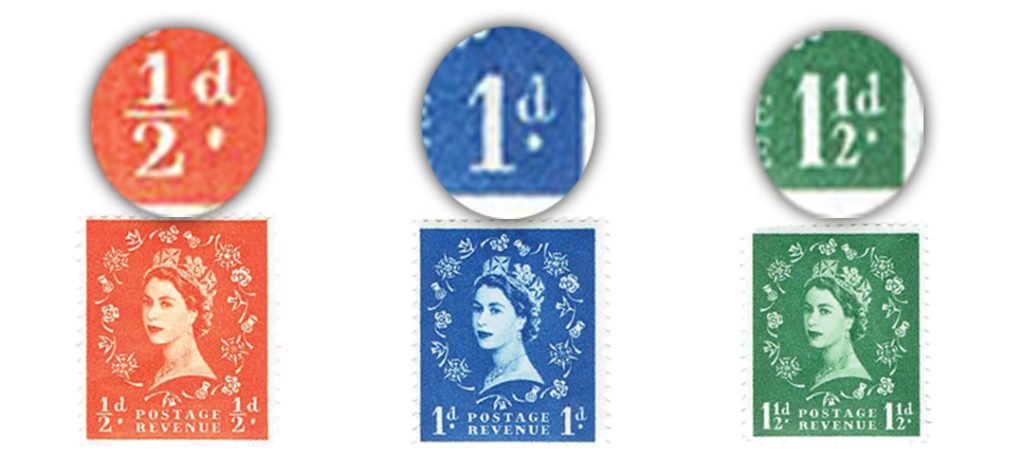
The stamps featuring this iconic portrait remained in circulation until 1971, and the photograph itself was hung in British Embassies around the world. Wilding’s work not only captured the Queen’s regal aura but also set a precedent for how the monarchy was represented on currency and official memorabilia. Her artistry continues to be celebrated and remembered as a key component of Britain’s visual heritage.
Introducing the Dorothy Wilding Silver Commemorative and Postage Stamp Set
To honour the legacy of Dorothy Wilding and her contribution to royal history, we are excited to present the First Dorothy Wilding Silver Commemorative and original postage stamp set. This exclusive offering celebrates the artistry of Wilding and the iconic image of Queen Elizabeth II that shaped an era.
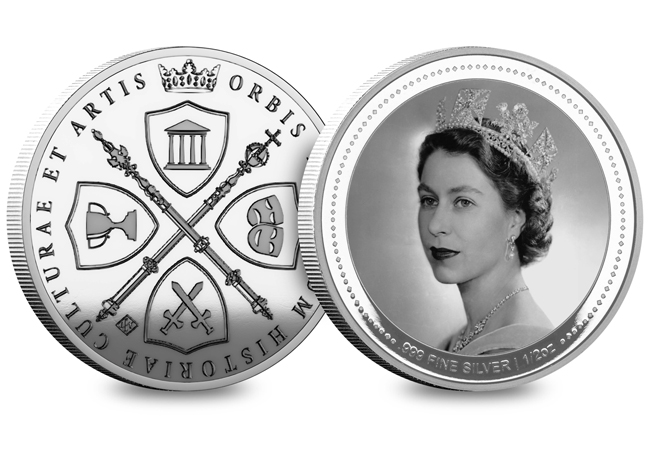
This set features a beautifully designed half-ounce pure silver commemorative, adorned with an officially licensed portrait of Queen Elizabeth II by Dorothy Wilding. The striking image is courtesy of the National Portrait Gallery, London, and reflects the timeless elegance that made Wilding’s photographs so celebrated. The commemorative captures the Queen’s grace and the iconic simplicity of Wilding’s style, making it a collector’s treasure.
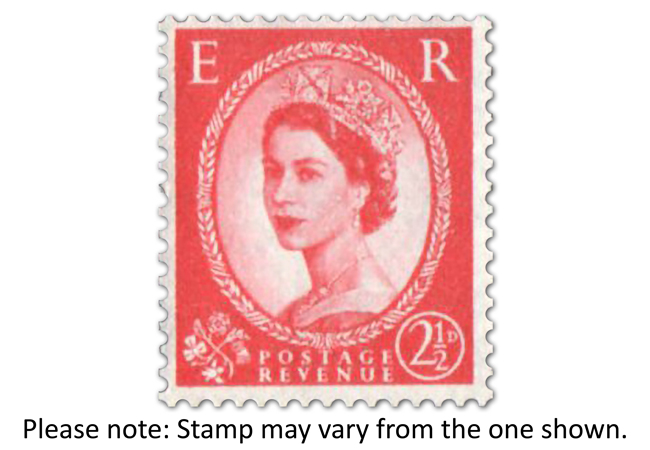
Accompanying the commemorative is an authentic Dorothy Wilding postage stamp, carefully selected from the 1952–1968 period. These stamps, available in vibrant colours and various denominations, offer a glimpse into the era when Wilding’s portraits of the Queen became a part of everyday British life.

But a limited quantity of just 250 sets being released this year, you will need to be quick to secure yours before they are all gone.
This exclusive collectible not only commemorates the artistry of Wilding but also celebrates the enduring legacy of Queen Elizabeth II. Each set includes a Certificate of Authenticity, affirming its place in history and the prestige of owning such a meaningful piece of royal heritage.
Discover the ghostly secrets of the Tower of London
Standing tall on the banks of the River Thames for nearly a millennium, The Tower of London is one of the most iconic landmarks in Britain and has been centre of some of the nation’s most dramatic events…
It was built by William the Conqueror in 1078 and in the years that have followed it has served as a royal residence, a fortress, a prison, a Mint and it is still the home of the Crown Jewels to this day.
With all this history, it’s no surprise that the Tower is associated with some of Britain’s most famous figures from iconic royals through to dastardly criminals!
Watch our latest video below to discover some of the famous figures who have walked – and perhaps still do walk – the Tower’s hallowed halls!
Continue reading to find out about the ULTIMATE Tower of London £2 Coin and Stamp Cover.
JUST £20: The Tower of London BU £2 Cover
Today you have the opportunity to secure the BRAND NEW Tower of London BU £2 Coin Cover for JUST £20 (+p&p).
This is the MOST LIMITED way to own the sought-after Tower of London £2 in Brilliant Uncirculated quality.
Your Tower of London Cover brings together the BU £2, released as part of the British Castles £2 Set, alongside the Royal Mail’s Tower of London 1st Class Stamp. Each Cover features specially-commissioned artwork and will be officially postmarked on 5th November 2024 – the anniversary of Guy Fawkes’ imprisonment.
ONLY 2,024 Covers will be released. Click here to secure yours for JUST £20 (+p&p) >>
The Memories of Her Majesty at Christmas Collection

Christmas has always been a time for reflection, family, and cherished traditions. For Queen Elizabeth II, it was no different. Her life, entwined with this festive season, was marked by poignant moments that captured the essence of her reign and personal warmth. This year, as we celebrate her memory, we invite you to journey through these moments with our exclusive commemorative collection that captures five special Christmas memories from Her Majesty’s life.

A Young Princess Singing Carols with Her Sister

Long before her ascension to the throne, the young Princess Elizabeth shared precious Christmas moments with her sister, Princess Margaret. The image of the two young royals singing carols together evokes the innocence and joy of childhood during the festive season. This commemorative celebrates the timeless tradition of Christmas carols and the joyful spirit of youth.
The Queen’s Speech

In 1952, Queen Elizabeth II delivered her very first Christmas speech over the radio. A solemn yet hopeful message, she marked the beginning of what would become a beloved tradition for generations. This commemorative celebrates that historic moment, reminding us of her unwavering dedication and connection with the nation, even at such an early stage in her reign.
Family at Windsor Castle

The late 1960s saw the Queen spending Christmas with her family at Windsor Castle. These were times of warmth, laughter, and the simple pleasures of togetherness. Our commemorative captures the joy of these festive family gatherings, symbolising the importance of unity and the deep family bonds the Queen cherished.
Visiting the Church of St Mary Magdalene

One of the Queen’s most cherished Christmas traditions was attending the service at the Church of St Mary Magdalene on the Sandringham Estate. Surrounded by family and well-wishers, these visits became a hallmark of her reign during the festive season. This commemorative captures these precious moments from the 1990s, symbolising her devotion and the enduring connection she shared with the community.
Riding in the Snow at Sandringham

An avid equestrian, Queen Elizabeth II often embraced the wintry landscapes of Sandringham. The image of her riding through the snow exemplifies her love for nature and tradition. This commemorative pays tribute to her resilient, adventurous spirit and her love for horses, showing a side of the Queen that many have admired over the years.
A Collection to Treasure This Christmas
As we remember these cherished moments, we invite you to honour Queen Elizabeth II’s legacy with this exclusive collection. Each piece tells a story of Christmases past, capturing the spirit of Her Majesty’s life and reign during this special time of year.

This Christmas, let her memory warm your hearts and inspire you to cherish your own festive moments with loved ones. Visit our website today to explore the collection and keep the Queen’s spirit alive in your home this holiday season.

